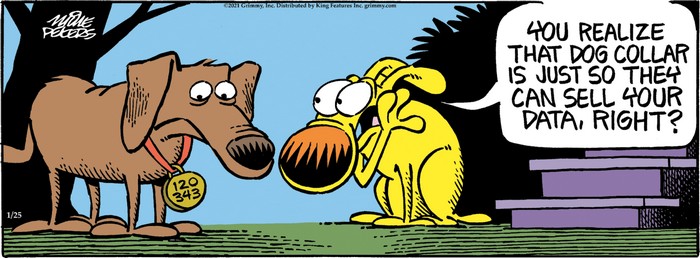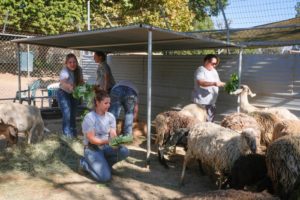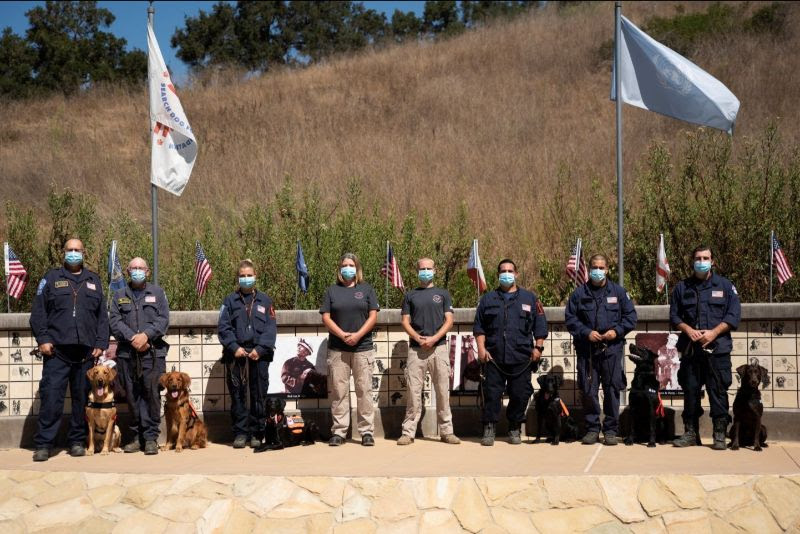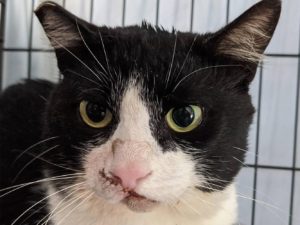 SPAN Thrift Store is now open to the public and looking for donations of adult clothing, household items and tools if you’ve got items you no longer use.
SPAN Thrift Store is now open to the public and looking for donations of adult clothing, household items and tools if you’ve got items you no longer use.
SPAN Thrift Store is providing $10 spays and neuters for low income households with cats and dogs.
Two upcoming clinics are:
Tuesday, February 2nd at SPAN Thrift Store parking lot 110 N. Olive St. (behind Vons on Main), and a second at Albert H. Soliz Library – El Rio, 2820 Jourdan St., Oxnard, on Tuesday, February 9th.
Please call to schedule an appointment (805) 584-3823.
∙Pet owners and veterinarians are being warned about recalled Sportmix pet food products now linked to the deaths of more than 70 dogs and the illnesses of 80 others.
Midwestern Pet Food is expanding its recall of dog and cat food sold online by retailers nationwide as the U.S. Food and Drug Administration investigates potentially fatal levels of aflatoxins.
Midwestern, based in Evansville, Indiana, is broadening a prior recall to include all pet foods manufactured in the company’s Oklahoma plant containing corn and having an expiration date on or before July 9, 2022. The recalled products include “05” in the date/lot code, which identifies them as having been made in the Oklahoma plant. More than 1,000 lot codes are affected.
The company in December recalled only certain lots of its Sportmix product after the deaths of at least 28 canines and the illnesses of eight others. The Missouri Department of Agriculture tested multiple product samples and found high levels of aflatoxins, which are toxins produced by mold that can cause death and illness in pets, according to the FDA. The toxins can be present even if there is no visible mold, the agency cautioned.
Pets with aflatoxin poisoning may have symptoms such as sluggishness, loss of appetite, vomiting, jaundice (yellowish tint to the eyes or gums due to liver damage) and diarrhea. Pets can also suffer liver damage without showing symptoms.
“FDA is issuing this advisory to notify the public about the potentially fatal levels of aflatoxins in Midwestern pet food products that may still be on store shelves, online or in pet owners’ homes,” the agency stated in an alert posted Monday. “We continue a thorough review of our facilities and practices in full cooperation with FDA,” the nearly 100-year-old company said Tuesday in a statement. “Until recently, throughout our long history, we’ve never had a product recall.”
Customers with questions can reach a call center at (800) 474-4163, ext. 455, or email [email protected].
∙ Face masks for pets has increased in 2020 but top vets told Insider you shouldn’t put a mask on your pet. Sales for New York-based Pet Masks increased roughly sixfold during the pandemic, the Southwest News Service (SWNS) reported.
People had previously bought the $25 masks as a novelty or to protect their cats and dogs from pollution. But sales have boomed during the pandemic as people look to protect both their pets and themselves from COVID-19. This is despite the American Veterinary Medical Association (AVMA), the Centers for Disease Control and Prevention (CDC), and UK vet charity PDSA all telling people not to put masks on their animals because it can distress them as well as making it difficult for them to breathe.
∙A study of dog DNA has shown that our “best friend” in the animal world may also be our oldest one. The analysis reveals that dog domestication can be traced back 11,000 years, to the end of the last Ice Age.
This confirms that dogs were domesticated before any other known species.
Our canine companions were widespread across the northern hemisphere at this time, and had already split into five different types.
Despite the expansion of European dogs during the colonial era, traces of these ancient indigenous breeds survive today in the Americas, Asia, Africa and Oceania.
The research fills in some of the gaps in the natural history of our close animal companions.
Dr Pontus Skoglund, co-author of the study and group leader of the Ancient Genomics laboratory at London’s Crick Institute, told BBC News: “Dogs are really unique in being this quite strange thing if you think about it, when all people were still hunter gatherers, they domesticate what is really a wild carnivore – wolves are pretty frightening in many parts of the world.
“The question of why did people do that? How did that come about? That’s what we’re ultimately interested in.”
∙By Rachel Nuwer
It’s easy to understand why early humans domesticated dogs as their new best friends. Tame canines can guard against predators and interlopers, carry supplies, pull sleds and provide warmth during cold nights. But those benefits only come following domestication. Despite more than a century of study, scientists have struggled to understand what triggered the domestication process in the first place. A new theory described today in Scientific Reports posits that hunter-gatherers whose omnivorous digestive system prevented too much protein consumption likely shared surplus meat with wolves. Those scraps may have initiated a step toward domestication.
“This is the first time that we have an ecological explanation for dog domestication,” says lead author Maria Lahtinen, a senior researcher at the Finnish Food Authority and a visiting scholar at the Finnish Museum of Natural History. “I personally don’t think that there is a simple, easy answer behind dog domestication, but we need to see the full picture and complexity of the process.”
Lahtinen did not originally set out to solve a long-standing dog mystery. Instead, she was studying the diet of late Pleistocene hunter-gatherers in Arctic and sub-Arctic Eurasia. At that time, around 20,000 to 15,000 years ago, the world was engulfed in the coldest period of the last ice age. In frigid environments then, as today, humans tended to derive the majority of their food from animals. Nutritional deficiencies came from the absence of fat and carbohydrates, not necessarily protein. Indeed, if humans eat too much meat, diarrhea usually ensues. And within weeks, they can develop protein poisoning and even die. “Because we humans are not fully adapted to a carnivorous diet, we simply cannot digest protein very well,” Lahtinen says. “It can be very fatal in a very short period of time.”
During the coldest years of the last ice age—and especially in harsh Arctic and sub-Arctic winters—reindeer, wild horses and other human prey animals would have been eking out an existence, nearly devoid of fat and composed mostly of lean muscle. Using previously published early fossil records, Lahtinen and her colleagues calculated that the game captured by people in the Arctic and sub-Arctic during this time would have provided much more protein than they could have safely consumed.
In more ecologically favorable conditions, wolves and humans would have been competing for the same prey animals. But under the harsh circumstances of the Arctic and sub-Arctic ice age winter, sharing excess meat with canines would have cost people nothing. The descendants of wolves that took advantage of such handouts would have become more docile toward their bipedal benefactors over time, and they likely went on to become the first domesticated dogs. As the authors point out, the theory makes sense not just ecologically but also geographically: the earliest Paleolithic dog discoveries primarily come from areas that were very cold at the time.
The new study presents a “fascinating idea about lean protein being a food that humans would have discarded but wolves may have relied on during winter months in the Arctic,” says Brian Hare, an evolutionary anthropologist at Duke University, who was not involved in the work. “I think it offers another vital clue for how the human-dog partnership might have been initially fueled.”








